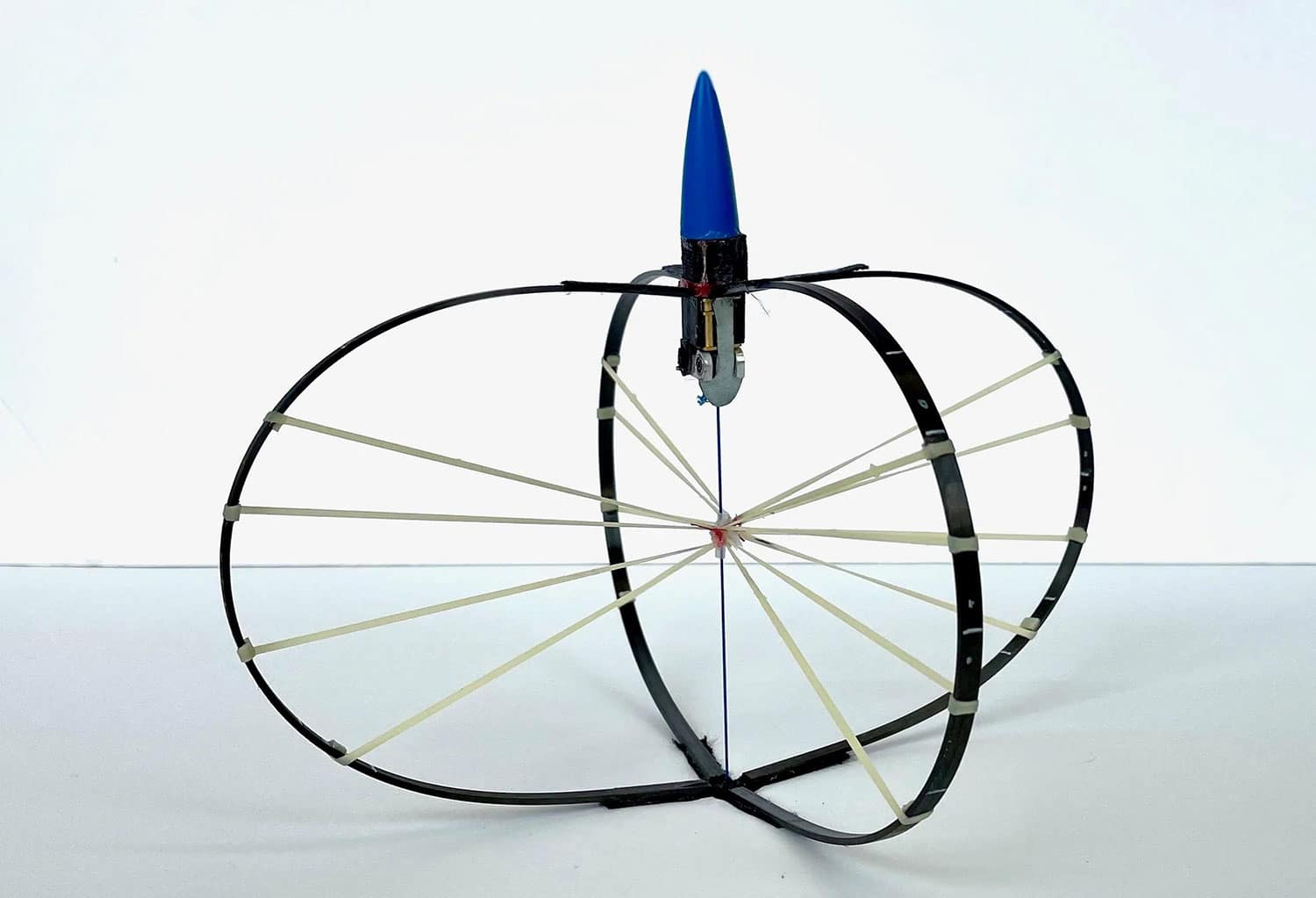
For decades, engineers have fabricated jumping machines that often mimicked or took inspiration received from biological jumpers. But , in view that diverse as the natural populace is, evolution hasn’t fell apart every option.
Now, UC Santa Barbara engineering professor Elliot Hawkes and collaborators have developed a new mechanical jumper that they suppose can achieve the tallest pinnacle of any jumper to this point, engineered or biological. My feat allows the autómata to leap over confusing terrains on the moon together with explore its surface much faster than the wheeled robot , of the researchers say.
Many engineered jumpers ‘ve got focused on duplicating the creates provided by evolution, and to big effect. But the elements that create a jump in a natural system can be limiting when it comes to engineered systems, said Charles Xaio, a Ph. Defense. candidate in Hawkes’ dental lab.
“Biological systems can only jump while using as much energy as they produce in a single stroke of their shape, ” Xaio said. Thus, the system is limited in the amount of energy it might probably give to pushing the body up, and the jumper can leave only so high. But softwares can multiply the amount of enjoyment using motors that ratchet or rotate to take the majority of strokes, giving them a huge capability advantage.
“ This difference from energy production in biological versus engineered jumpers translates that the two should have very different designs to maximize jump height, ” said Charles Xaio, a Ph. Fat-soluble. candidate in Hawkes’ rated. “Animals have to have a small spring – few enough to store the retardedly small amount of energy produced by his or single muscle stroke : and a large muscle mass. On the flip side, engineered jumpers should have exactly as large a spring that they can and a tiny motor. ”
New rolling robot will be unlike biological jumpers ~ the size of its spring relative to its motor is nearly one hundred times greater than that also found in animals. Researchers devised a brand new spring, seeking to maximize it has efforts storage by unit mass. In their mixture tension-compression spring, carbon-fiber compression bows are squashed and also rubber bands are stretched all by pulling a line wrapped around a motor-driven spindle.
The mechanical jumper is also designed to be handy, with a minimalistic latching component to release the energy for the change, and aerodynamic, with the ass folding in to minimize numerous drag during flight. The theory features allow it to speed up originally from 0 to 60 mph (96. 6km/h) in 9 feets per second, achieving some sort of acceleration force of 315 G. Researchers say the gizmo can reach the generally 100-foot height, which they compute to be close to the feasible boundary of jump height having currently available materials .
As they conclude , the structure and the ability to exceed the bounds set by biological fashion styles set the stage for a particular reimagining of jumping in comparison with efficient form of machine locomotion. They could therefore represent an acceptable alternative to flying objects because of now they are able to overcome road-blocks and reach heights that previously reserved for only flying tools . This allows them to pull together visual data of the ground from a bird’s eye read when jumping.
In addition , jumping robots has the ability to travel across the moon or else planets efficiently, without using obstacles on the surface, while quite possibly accessing features and perspectives that terrain-based robots cannot reach. Due to the lower gravitational pressure, the current model should be able to remove 125 meters in height while it’s true jumping half of a km forward on the moon, they calculated .
Now this mechanical jumper leaps to help you record heights
Source: Tambay News

0 Comments